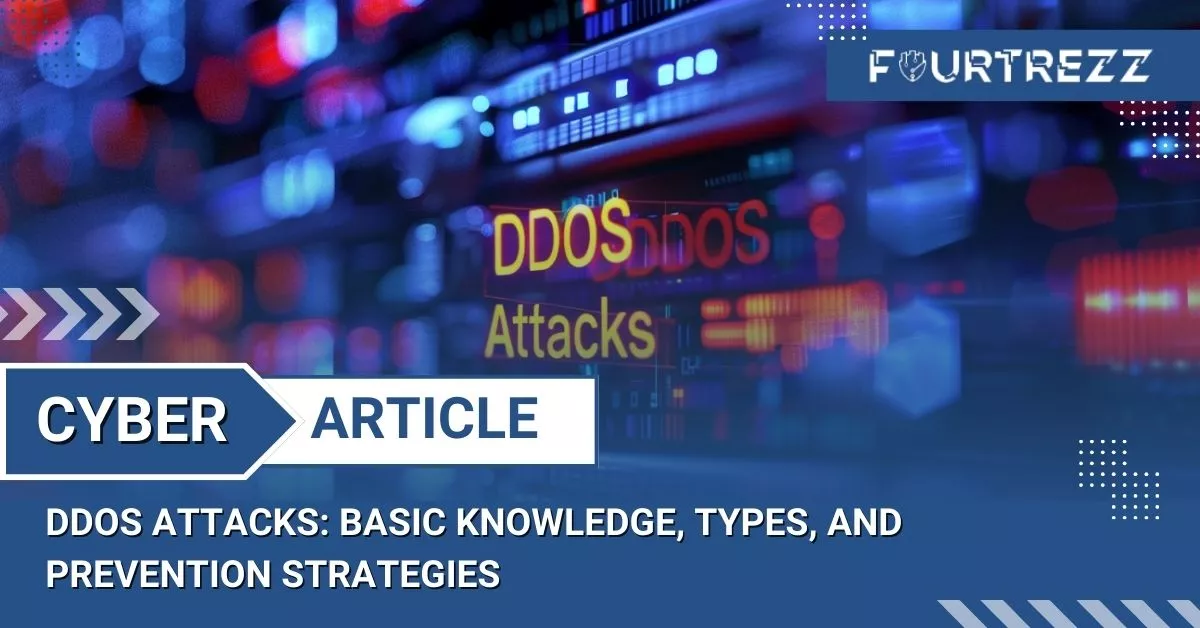DDoS (Distributed Denial of Service) attacks are a prevalent form of cyber assault that inundates websites, online services, and networks with an overwhelming amount of fake traffic. This deluge of traffic incapacitates servers or networks, rendering your website or service inoperative. Originating in 1974, DDoS attacks have evolved significantly in both quality and quantity.
A Securelist report highlights an 80% increase in DDoS attacks in the first quarter of 2020 compared to the same period in 2019. Major global entities like Amazon Web Services, Bank of America, GitHub, Citigroup, and CloudFlare have not been spared from DDoS threats.
To determine if you’re under a DDoS attack, it’s advisable to seek assistance from your professional technical team or perform checks using the Command Line Interface (CLI) with Linux commands.

Symptoms of DDoS Attacks
Common indicators of a DDoS attack include:
- Websites, applications, or services experiencing slow performance or becoming inaccessible.
- Unusual traffic from specific IP addresses or visitors exhibiting similar behavior patterns.
- Sluggish internet connections.
- A surge in spam emails.
However, these symptoms can also arise from other factors, such as maintenance processes, technical issues with connections, virus infections, or spikes in visitor numbers.
Types of DDoS Attacks DDoS attacks come in various forms:
- Volumetric Attacks: The most common type, accounting for 65% of DDoS attacks, where attackers use botnets to flood bandwidth.
- Protocol Attacks: These target network protocol vulnerabilities.
- Application Attacks: Focus on exploiting application vulnerabilities.
- Combination Attacks: Merge multiple attack types to achieve their goals.
DDoS Attack Prevention Methods Several strategies can help prevent DDoS attacks:
- Using a Content Delivery Network (CDN): CDNs, networks of servers that provide website caching and distribute visitor load across different servers, can mitigate DDoS attacks by redirecting unintended traffic to website caches.
- Trusted Firewalls and Routers: Employing reliable firewalls and routers can block unwanted packets and limit network traffic. Routers also filter packets, ensuring only legitimate packets reach your network.
- DDoS Protection Services: Specialist companies like CloudFlare, Incapsula, or Akamai offer DDoS protection services that divert and filter unwanted traffic before it reaches your servers.
- Securing Systems and Networks: Keeping your systems and networks updated with the best antivirus and anti-malware solutions is crucial in preventing DDoS attacks. Ensure all connected computers and devices are free from viruses or malware.
- Increasing Bandwidth Capacity: More bandwidth capacity can help absorb DDoS attacks, providing your network with greater resilience.
- Backup Data Storage and Disaster Recovery Planning: Maintaining up-to-date backups and having a robust disaster recovery plan are vital. Ensure easy recovery of data in case of an attack and have a clear recovery strategy that includes actions, tasks, and necessary resources. This ensures quick and efficient system and data restoration, minimizing business impact.
Conclusion
DDoS attacks pose a significant threat to websites, online services, and networks by overwhelming them with false traffic, leading to operational failure. Recognizing DDoS symptoms is crucial, though they can be caused by other factors. Preventative measures such as utilizing CDNs, reliable firewalls and routers, DDoS protection services, securing systems and networks, enhancing bandwidth, backing up data, and disaster recovery planning can reduce the likelihood of DDoS attacks and ensure the safety of online platforms and networks.










